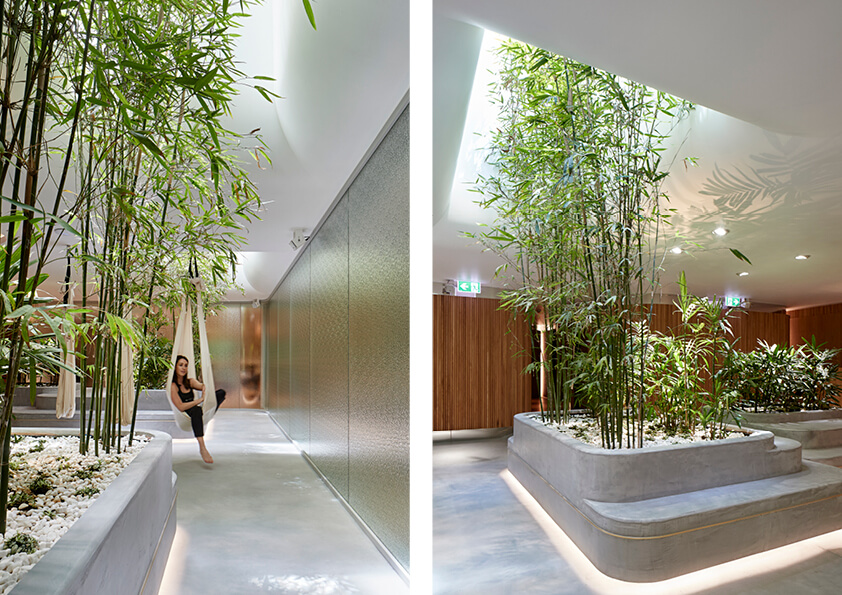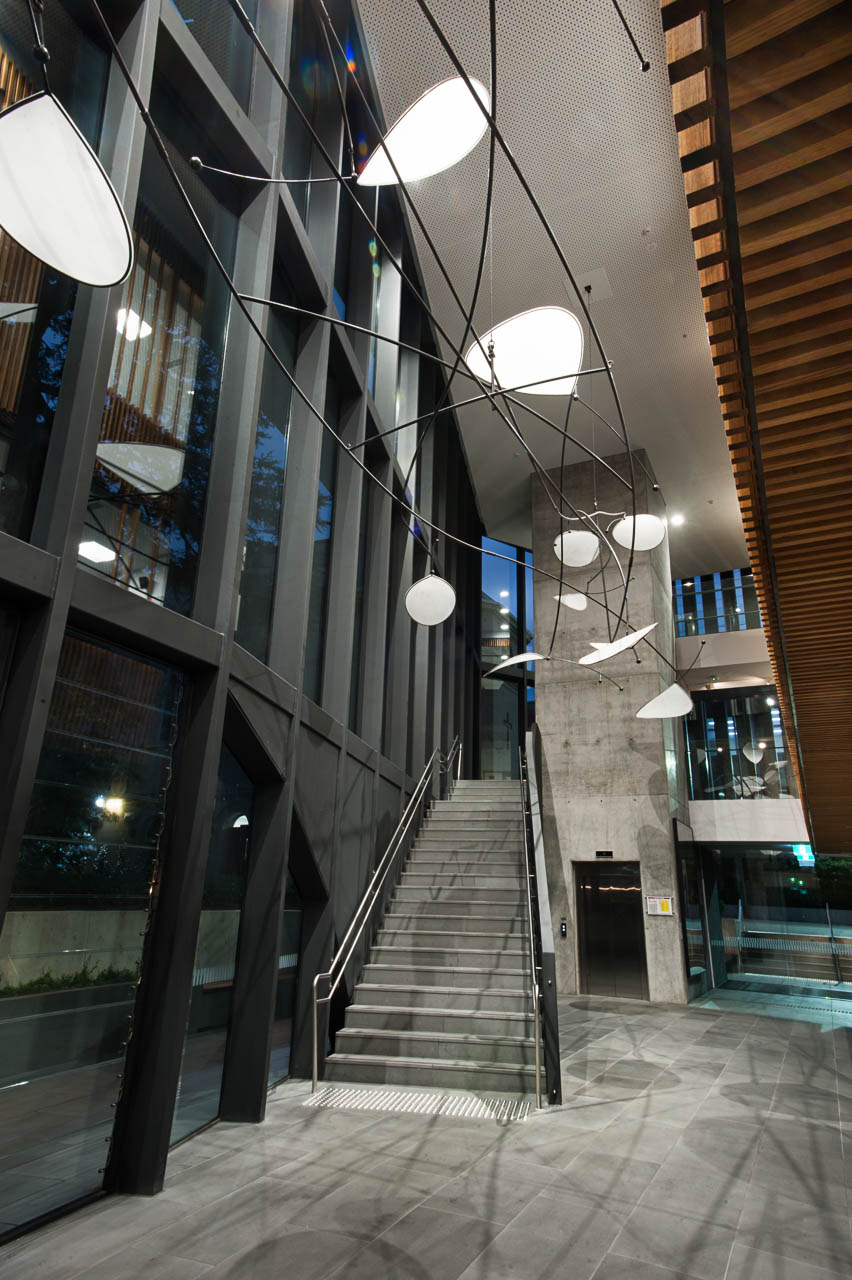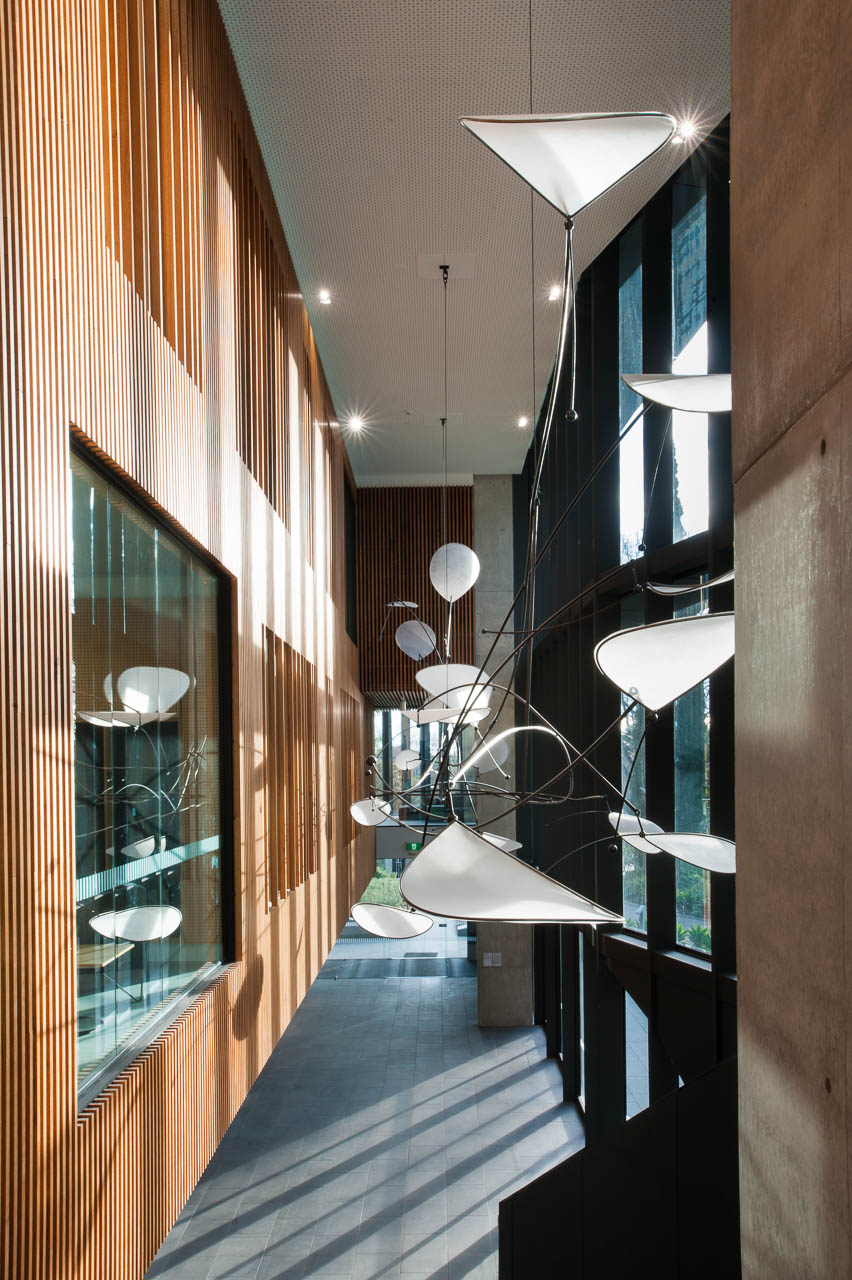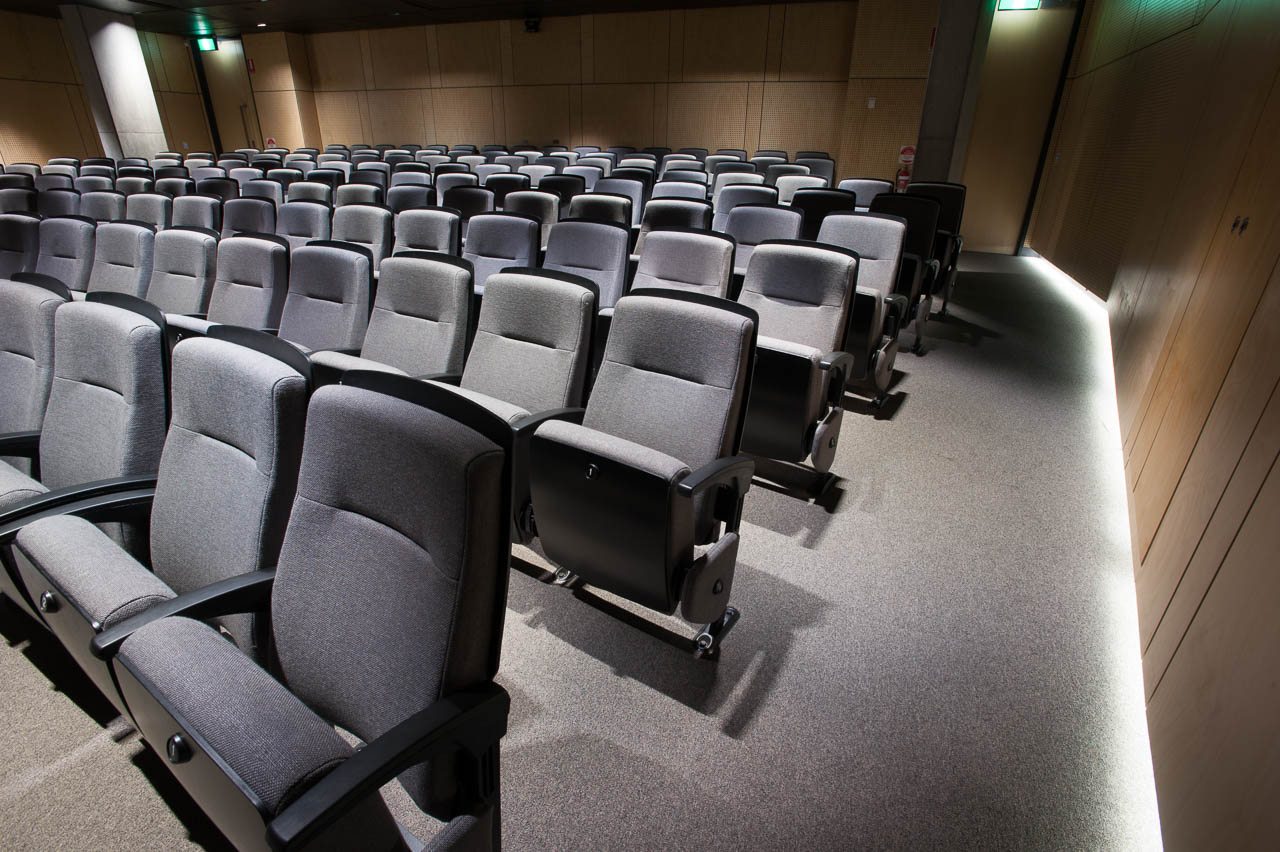Rockpool Bar & Grill
This much-loved iconic Melbourne eatery was closed for just 6 days in 2018 for a complete refurbishment. The brief given to the team at Glowing Structures was to update all the lighting throughout the restaurant and show kitchen to more energy efficient sources without changing the lux levels, colour temperature, positions of luminaires or overall ambience of the lighting, in other words the lighting had to be upgraded yet look exactly the same as what previous patrons had been enjoying for years. Glowing Structures love a challenge, and this was certainly a challenge we enjoyed.
Firstly, we mapped the existing lighting types, positions and lux levels throughout the restaurant to ensure we provided the same light levels after the upgrade. Most replacement light sources were made custom to either enable them to sit within the existing fittings, to match the previous halogen light source temperature or to be controlled by the existing control system. As there was no access to the original wiring in some parts, so the replacement fittings and drivers had to be tested prior to full installation to ensure compatibility.
Various replacement light sources were tested and demonstrated to the clients to show the effects when dimmed to a very low level to ensure we were achieving the required ambience levels.
Overall, the installation of bespoke LED engines over the feature copper hob really pickups on the warming tones of the copper and reduces the power from 35w per fitting to just 9w. The entry lighting was completely removed and replaced with just a few specific light sources with bespoke beams angles to light the artworks to ensure an entry experience of muted drama when entering the restaurant.
In the bar the old Xenon lighting was replaced with a bespoke 2300Kelvin LED to ensure consistency of colour whilst reducing power consumption from over 100w/m down to just to 10w/m.
The final installation not only recreated the original ambience, the ambience was enhanced – whilst reducing energy consumption by 90% and minimising the maintenance by 70%.





















































































































